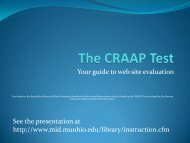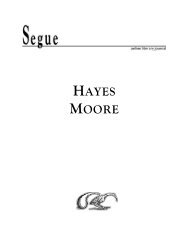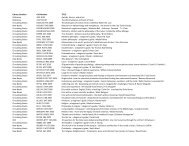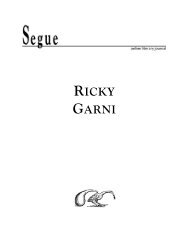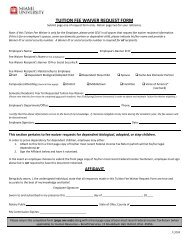Bibliography of Assessment Alternatives: Portfolios
Bibliography of Assessment Alternatives: Portfolios
Bibliography of Assessment Alternatives: Portfolios
You also want an ePaper? Increase the reach of your titles
YUMPU automatically turns print PDFs into web optimized ePapers that Google loves.
DeFina, Allan A. Portfolio <strong>Assessment</strong>: Getting Started, 1992. Available from: Scholastic<br />
Pr<strong>of</strong>essional Books, 730 Broadway, New York, NY 10003.<br />
This short book does a good job <strong>of</strong> listing the decisions to be made when developing and<br />
using portfolios, but provides the most useful and practical help in the sample checklists and<br />
letters in the back.<br />
(AL# 150.6PORASG)<br />
Donaldson, Peter. Critique: Teaching Students How To Evaluate, 1991. Available from:<br />
Islander Middle School, Mercer Island School District, 4160 86th Ave. SE, Mercer<br />
Island, WA 98040, (206) 236-3400.<br />
This middle-school teacher has turned all grading in his art classes over to his students. He<br />
has them develop their own criteria for both judging/critiquing the artwork itself and for<br />
judging the critique <strong>of</strong> the artwork. The document we have includes the teacher's rationale<br />
for this approach, the goals he has for students, a sample rating form used by students to<br />
critique each other's artwork, a sample rating form used by students to critique each other's<br />
critiques, a form for self-critique, and a philosophy statement from ARTS PROPEL.<br />
Criteria for artwork are: accurately observed proportions, craftsmanship, composition, detail,<br />
accurate illusion <strong>of</strong> depth, and accurately observed shading. Criteria for the critique <strong>of</strong> the<br />
critique include thoroughness, specificity, and good organization. (In a private<br />
communication the teacher also noted these things for a critique <strong>of</strong> critique: thoroughness,<br />
accuracy, synthesis <strong>of</strong> ideas, details supporting points, and analysis <strong>of</strong> the work. For a selfcritique<br />
he would also add self-revelation.)<br />
(AL# 810.3CRITES)<br />
Doolittle, Peter. Teacher Portfolio <strong>Assessment</strong>. Located in: Measurement Update 4, June<br />
1994, pp. 5-6. Available from: ERIC Clearinghouse on <strong>Assessment</strong> and Evaluation,<br />
The Catholic University <strong>of</strong> America, Department <strong>of</strong> Education, O’Boyle Hall,<br />
Washington, DC 20064, (202) 319-5120.<br />
This short article is a nice summary <strong>of</strong> considerations in developing a pr<strong>of</strong>essional portfolio<br />
for teachers. The authors endorse a model described by the following quote: “Ideally, a<br />
teacher portfolio is a document created by the teacher that reveals, relates and describes the<br />
teacher’s duties, expertise, and growth in teaching. Each assertion in the portfolio is then<br />
documented in an appendix or a reference to outside material, such as videotapes or lengthy<br />
interviews. The size <strong>of</strong> a portfolio varies, but it is typically two to ten pages, plus<br />
appendices.”<br />
(AL# 130.6TEAPOA)<br />
<strong>Assessment</strong> Resource Library, (503) 275-9582 23 Portfolio <strong>Bibliography</strong><br />
(formerly Test Center) NWREL, December 1996




